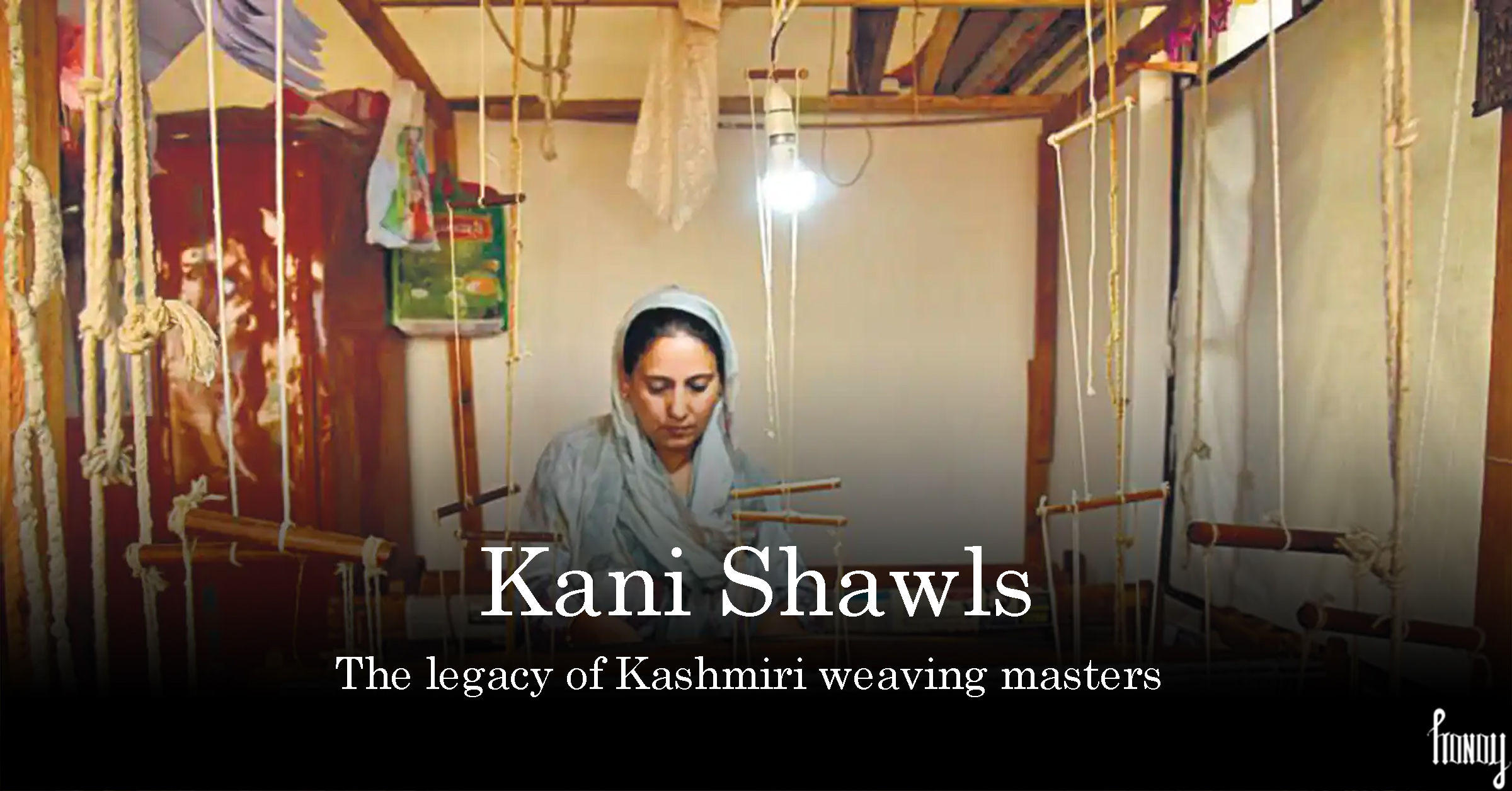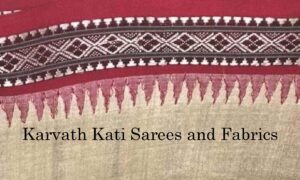Introduction to Kani Shawls
In the heart of Kashmir, amidst the majestic Himalayas, lies a tradition as old as time itself – the art of crafting Kani shawls. It emerges from the Kanihama region of the Kashmir valley, making it among the most ancient handicrafts of Kashmir. These exquisite garments, woven with meticulous care and skill, hold within them the rich heritage and cultural legacy of the region. In this blog, we embark on a journey to unravel the intricacies of Kani shawls, from their historical roots to their modern-day significance.
Historical and Cultural Significance
The history of Kani shawls dates back to the 15th century, during the reign of Sultan Zain-ul-Abidin, also known as Budshah, in Kashmir. It was under his patronage that the craft flourished, with skilled artisans weaving intricate patterns and motifs into luxurious shawls. These shawls soon became highly sought-after commodities, not only among the nobility of Kashmir but also among traders and travelers along the Silk Road.
During the Mughal era in the 16th and 17th centuries, Kani shawls reached the zenith of their popularity. Emperors such as Akbar and Jahangir were known to be connoisseurs of these fine textiles, often gifting them to foreign dignitaries as a symbol of wealth and prestige. The art of Kani weaving became deeply intertwined with the cultural identity of Kashmir, with each shawl embodying centuries of tradition and craftsmanship.
Process of Formation/Design
The creation of Kani shawls is a labor-intensive process that requires skill, patience, and attention to detail. It begins with the selection of the finest quality wool, sourced from the underbelly of the Changthangi or Pashmina goat, which thrives in the harsh climate of the Himalayan region.
Once the wool is harvested, it undergoes a series of meticulous processes, including cleaning, spinning, and dyeing. Skilled artisans hand-spin the wool into fine yarn, which is then dyed using natural dyes derived from plants, minerals, and insects. The dyed yarn is then meticulously arranged on small wooden bobbins known as “Kanis,” each representing a single thread in the intricate design.
Using a traditional handloom, the artisan weaves the yarn into the fabric, carefully manipulating the Kanis to create intricate patterns and motifs. The weaving process is slow and painstaking, often taking several months to complete a single shawl. The result is a masterpiece of textile artistry, with each shawl bearing the unique imprint of its creator.
Processing the Pashmina wool
The wool used in Kani shawls comes from the high-altitude regions of Ladakh and Tibet, where the Changthangi goat grazes on the sparse vegetation of the mountains. Known for its exceptional warmth and softness, Pashmina wool is highly prized in the textile industry.
The processing of Pashmina wool is a time-honored tradition, passed down through generations of Kashmiri artisans. The wool is carefully combed from the goats’ undercoat, ensuring that only the softest and finest fibers are collected. It is then cleaned, spun, and dyed using traditional methods, preserving its natural properties and luster.
Popular Brand Names
Several esteemed brands have emerged as leaders in the world of Kani shawls, each renowned for its commitment to quality and craftsmanship. Names like Kanihama, Zarif, and Ahujasons have become synonymous with luxury and elegance, offering a wide range of exquisite designs to discerning customers.
These brands continue to uphold the tradition of Kani weaving, employing skilled artisans and preserving centuries-old techniques. They source the finest quality wool, use natural dyes, and adhere to strict quality standards, ensuring that each shawl meets the highest standards of excellence.
Modern Relevance
In an era dominated by mass production and fast fashion, the artistry of Kani shawls remains a beacon of authenticity and craftsmanship. Although it is highly unfortunate that approximately 2,000 of the 10,000 Kani weavers are believed to remain today. While the demand for handmade textiles has declined in recent years, there is a growing appreciation for traditional crafts and heritage techniques. And this gives us hope for keeping this traditional craft alive.The Jammu and Kashmir government has bestowed a geographical indication on the Kani shawl, prohibiting the sale of shawls crafted outside the Kanihama region under the Kani shawl designation.
Contemporary Usage
Today, Kani shawls are not only worn as a symbol of luxury and status but also cherished for their timeless elegance and beauty. They are prized possessions, passed down through generations as heirlooms and treasured keepsakes. In addition to traditional designs, contemporary artisans are experimenting with new patterns, colors, and textures, catering to the evolving tastes of modern consumers.
Conclusion
As we reflect on the rich history and cultural significance of Kani shawls, we are reminded of the enduring legacy of craftsmanship and tradition. These exquisite garments are more than just pieces of fabric; they are living artifacts, carrying within them the stories and heritage of generations past. As we embrace the beauty of Kani shawls, let us also celebrate the skilled artisans who keep this timeless tradition alive, ensuring that its legacy continues to flourish for generations to come.




























